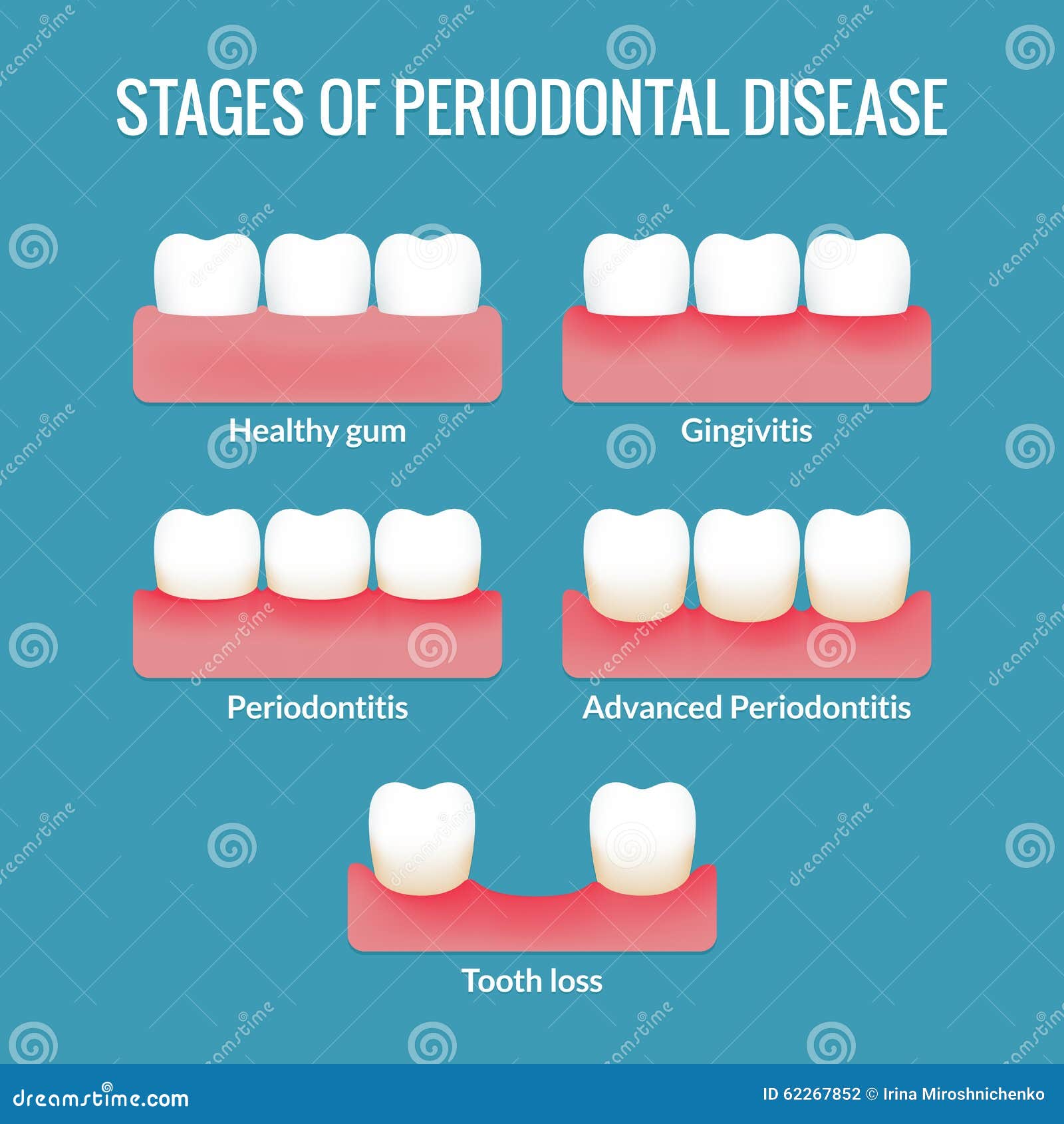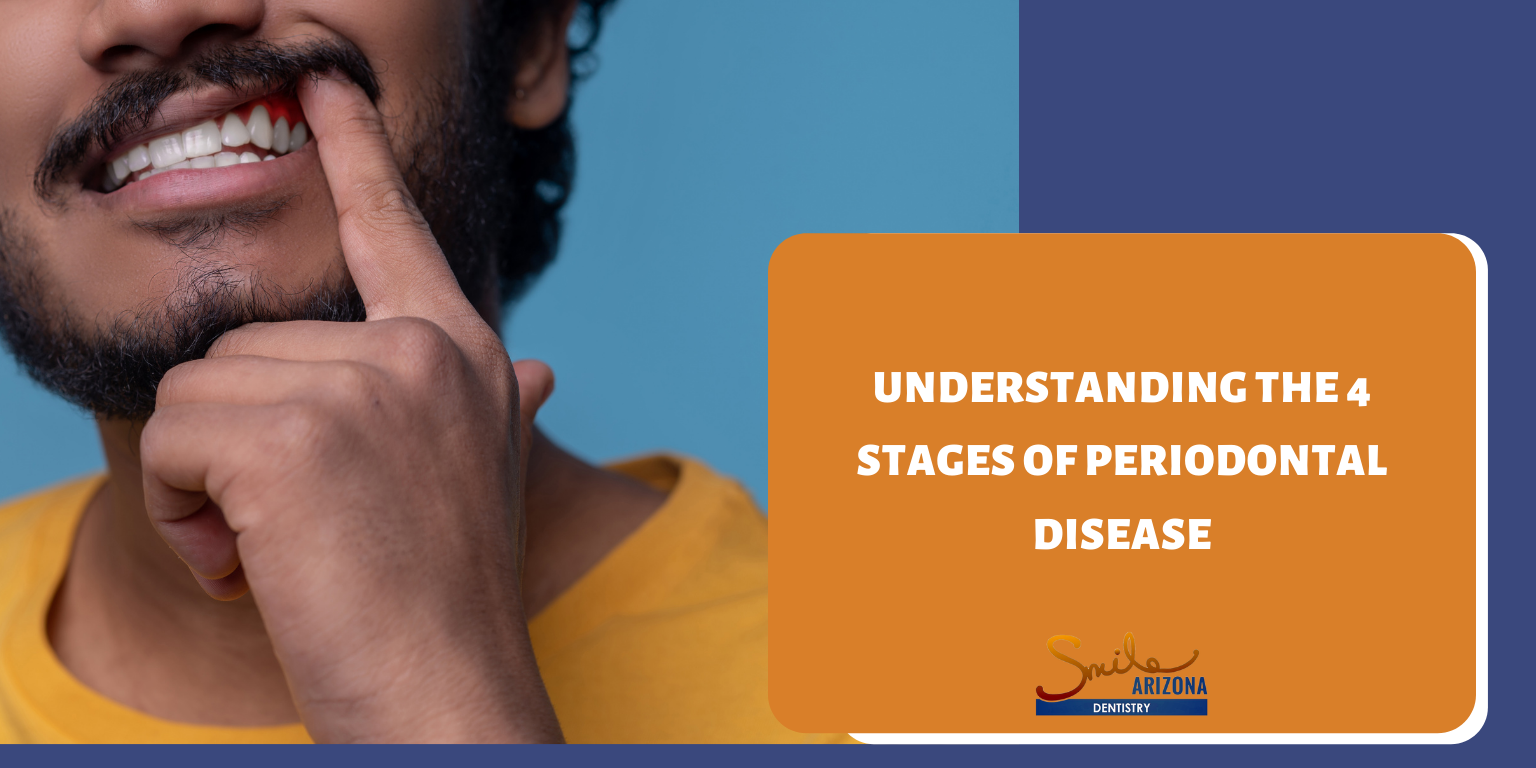Wonderful Tips About How To Control Periodontal Disease

Similarly, individuals can use antiseptic mouthwashes to control plaque and provide symptomatic relief.
How to control periodontal disease. A common disease, periodontitis shares characteristics with other noncommunicable diseases, and perhaps most important, merits a common risk factor approach to control it at the same time as contributing to the overall health of the patient. This is because gum disease is caused by bacteria or plaque buildup in or around the gum area, leading to. The best treatment for periodontitis or periodontal disease depends on the stage of gum disease or how extensive the condition is.
Periodontal diseases, halitosis, and xerostomia in patients with oa and ra. Phases of treatment. In gingivitis, the gums become red, swollen and can bleed easily.
Periodontal disease is a serious bacterial infection of the gums that, if left untreated, will eventually destroy the gums, ligaments and bones supporting your teeth, leading to tooth loss. As periodontal disease progresses, you lose more bone and tissue around your teeth. Another recommended natural homecare strategy is the use of a saltwater rinse to reduce bacteria and inflammation.
It's important to know the causes, treatments, and steps to prevent gum disease so you can protect your oral and overall health. There are a variety of treatments for gum disease, depending on the stage of your disease, how you’ve responded to earlier treatments, and your overall. Health library / diseases & conditions / periodontitis, a type of gum disease, is severe inflammation of your gums, with symptoms that include red, bleeding or swollen gums.
Periodontal disease | oral health conditions | division of oral health | cdc. Continuing education activity. Improving periodontal disease prevention and control will need to take into consideration the core activities of a public health approach:
Periodontal (gum) disease is an infection of the tissues that hold your teeth in place. You're probably wondering, is periodontal disease reversible? while advanced gum disease may need more complex interventions, you have the power to reverse your gingivitis. Periodontal disease — also called gum disease — refers to inflammation and infection of the tissues that support your teeth.
Assessment, policy development, and assurance. Periodontitis, or gum disease, is a common. Periodontitis is a microbially induced disease destroying structures anchoring teeth to jaw bones.
However, many dental professionals lack knowledge,. The incidence of periodontal diseases, halitosis, and xerostomia was investigated in all healthy controls and patients. Early detection is your best bet.
A dental hygienist or dentist will treat minor periodontitis. Periodontal diseases are disease processes involving the periodontium, a term used to describe the supportive apparatus surrounding a tooth, which includes the gingival tissue, alveolar. The bacteria cause inflammation of the gums that is called “gingivitis.”.
A periodontist, a gum disease specialist,, will often treat severe cases of gum disease or those involving bone loss. Symptoms include sore, swollen or bleeding gums, bad breath. Then a treatment plan is made.














-page-001.jpg)



